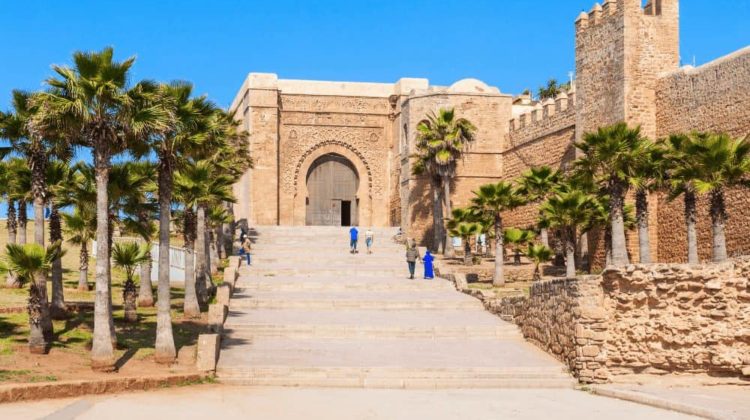
Morocco has been home to complex civilizations for thousands of years, and its ancient history is a major draw for tourists today.
The country is famous for the kasbahs that mark the oldest parts of the city.
Table of Contents
What is a Kasbah?
Kasbahs, also spelled “casbahs,” are traditional Moroccan fortresses or citadels, typically constructed from clay and stone.
These architectural marvels are found throughout the country, with concentrations in regions like the High Atlas Mountains, the Draa Valley, and the Ouarzazate region.
Kasbahs served multiple functions, including defense against raids and inclement weather, and also as centers of governance for local tribes.
Kasbahs were often built as labyrinthine compounds, with high walls and strategically designed entrances that made it difficult for outsiders to penetrate.
Inside, they featured a network of narrow, winding streets, courtyards, and various structures, providing shelter for families, livestock, and valuables.
Today, the word is often used more generally to describe the medina or old city, where stone houses, schools, shops, palaces, and mosques still stand
Many of them are hundreds of years old, and the architecture is a charming, rich, and sometimes chaotic mix of ancient structures with modifications and additions over centuries.
Here are some of the best kasbahs to visit in Morocco, including both remote rural towns and large cities with ancient histories
Ait Ben Haddou Kasbah
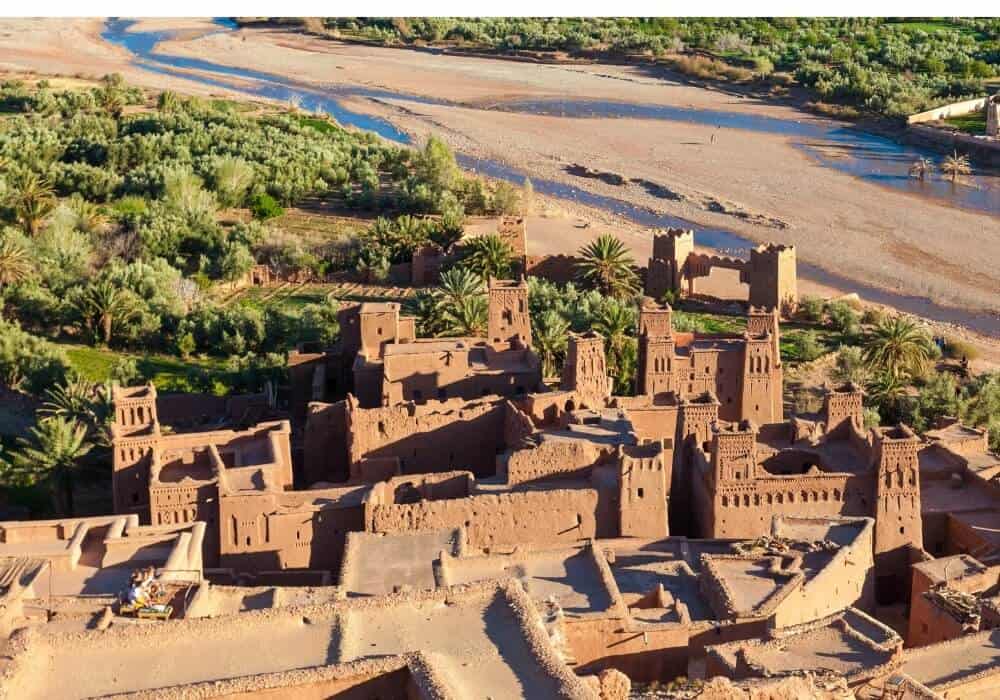
This UNESCO World Heritage Site is one of the coolest spots in Morocco.
Located in the High Atlas Mountains about 20 miles northwest of Ouarzazate, Ait Ben Haddou dates to the 1600’s.
It is built from the reddish mud brick typical of the area and decorated with various motifs on the exterior walls.
Blocky towers and squared off structures rise up suddenly from the hill sides just next to a wide, shallow river, giving the village a striking appearance.
Inside the walls, small houses are still home to many people who are kind enough to share their incredible history with visitors.
You can drive to Ait Ben Haddou yourself or visit it with one of the many organized tours departing from Marrakech.
Taourirt
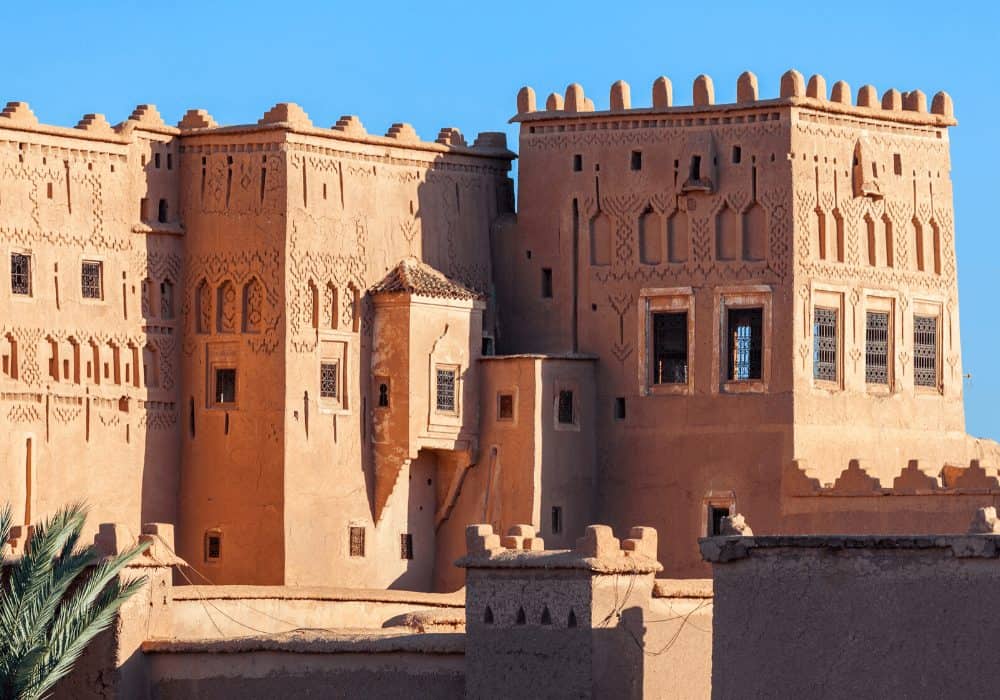
A relatively recent construction of the 1800’s, the Taourirt Kasbah is located in Ouarzazate. It has 300 well-preserved rooms, with many decorative details still intact including the exterior molding, tiled walls, and carved and painted plaster.
It is a stunning building and well-worth a visit if you are in the area.
Rabat – Udayas Kasbah
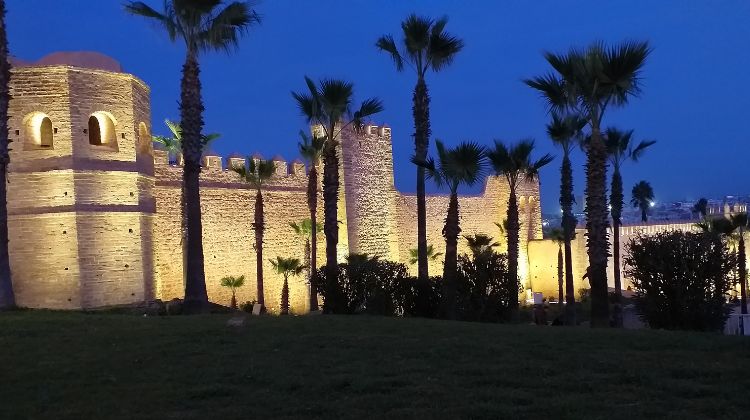
Situated at the mouth of the Bouregreg River in Rabat, the Udayas Kasbah is the oldest part of Morocco’s capital city.
A mosque in the kasbah dates to the 10th century, with the rest of the structure built in the 12th.
The area, which is free to visit, is full of charming tiny homes angled in between old walls, beautifully decorated doors, and lovely views of the river. The Udayas Kasbah was designated a UNESCO World Heritage Site in 2012.
Fez
Fez is home to the ancient Kasbah An-Nouar, dating back as far as the 12th century.
Imposing stone walls and huge gates, including Bab Chorfa, still stand, ushering visitors into perhaps the most photographed and well-known old town in Morocco.
It is huge, intense, and buzzing with energy, the stone streets dim in the shade of buildings on each side and the woven mats hung between them to block out the harsh summer sun.
Shops crowd each street, everything from bakeries with towering piles of fried and honey-soaked chabakia to brightly colored leather goods to camel’s heads advertising what’s on offer at the butcher.
Locals move quickly and easily through the throngs or call out to tourists from their stands.
Deep in the heart of the kasbah sits the famous tannery, rows of different colored pools where men balance carefully on slippery ledges and move piles of sheep, goat, camel, and cow skins between tanning, softening, and dyeing vats. It is an intense but highly recommended experience.
Marrakech
Marrakech’s kasbah is massive and sprawling, its streets winding outwards over the flat terrain. It’s without doubt one of Morocco’s most vibrant cities.
The locals are known for their sense of humor and theatrical storytelling – each evening the main square, Jemaa el Fna, fills with performers who act out classic folktales, offer spiritual advice, and show off tamed snakes, monkeys, and falcons.
A pop-up night market appears too, dozens of tiny restaurants serving all kinds of traditional Moroccan cuisine, from savory eggplant dip to grilled spiced meat to sheep’s heads. It is one of the most fun and vibrant cities to visit in Morocco.
Tangier
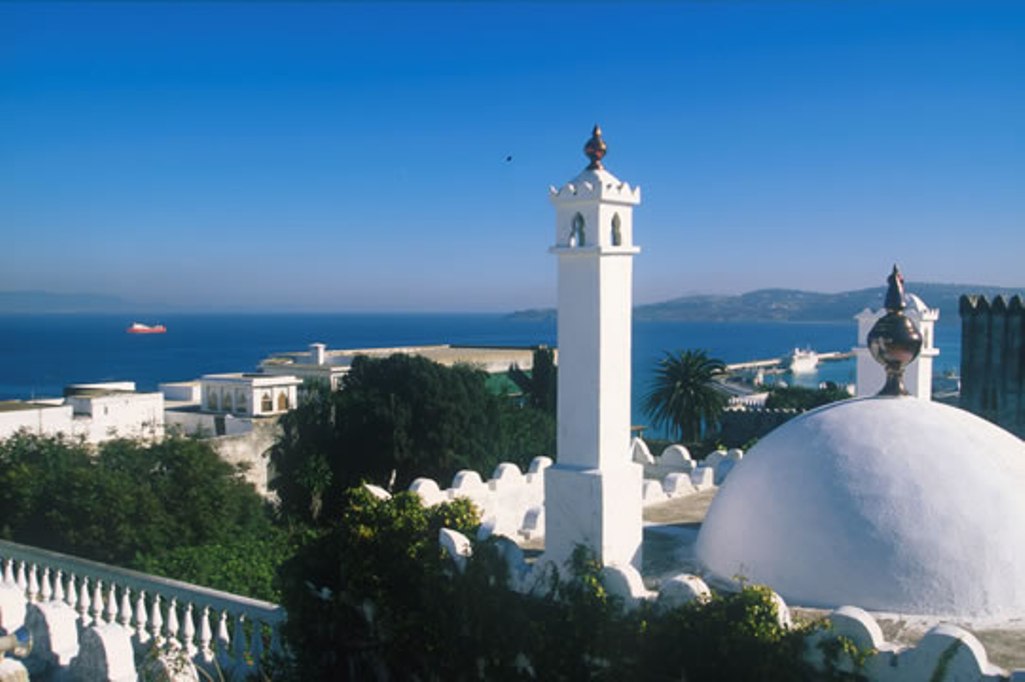
Perched on a hill, the kasbah of Tangier is smaller than those of Fez and Marrakech, but it more than makes up for it with its charm and stunning views of the Mediterranean Sea, the rugged Moroccan coastline, and Spain in the distance across the Strait of Gibraltar.
The kasbah is mostly home to families, so it has a quieter and less touristy vibe than some of the larger cities but is full of life.
You’ll see kids playing in the streets, old men drinking coffee in tiny cafes, stands selling fresh fruit and vegetables, bakeries offering cakes and cookies, and people out and about shopping, socializing, or going to work.
Wind your way upwards through arched doorways and uneven stairs to reach the top of the kasbah, and you will be rewarded with fantastic views.
There are several cafes there, so enjoy mint tea or fresh orange juice while you take in the water and the city stretching out over the surrounding hills.
Then, visit the Museum of the Kasbah, situated in the well-preserved fortress, to learn about the history of Tangier and see the lush garden.
Chefchaouen
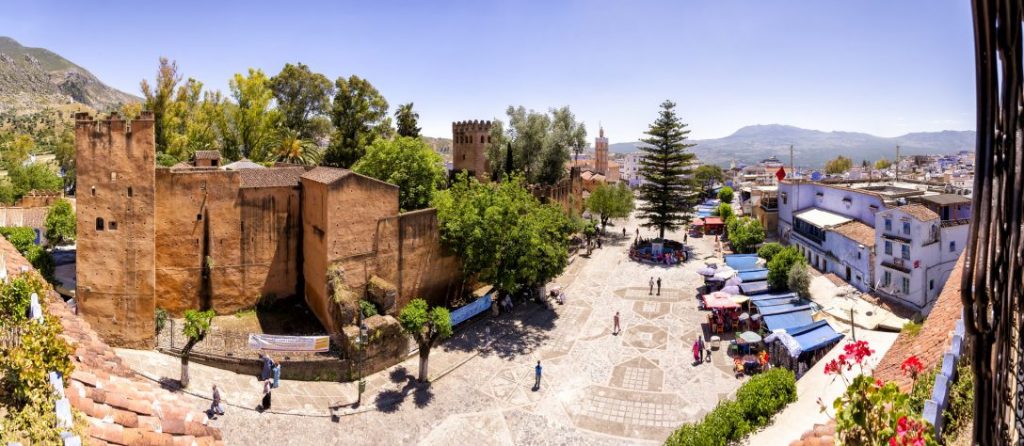
The kasbah of Chefchaouen, a small town in the Rif Mountains, is painted entirely in shades of heavenly sky blue.
Strolling through the narrow streets feels slightly surreal, like you are floating rather than walking past houses, shops, and cute hotels in shades of turquoise, aqua, azure, cornflower, and robin’s egg.
On the far side of the kasbah, cross a bridge over the river to find several simple cafes right along the water’s edge.
You can have fried eggs or traditional Moroccan breads for breakfast, or sip and afternoon tea or coffee while dipping your toes in the icy clear mountain spring water.
From the town, you can hike into the mountains, or follow remnants of the original stone wall that protected the city.